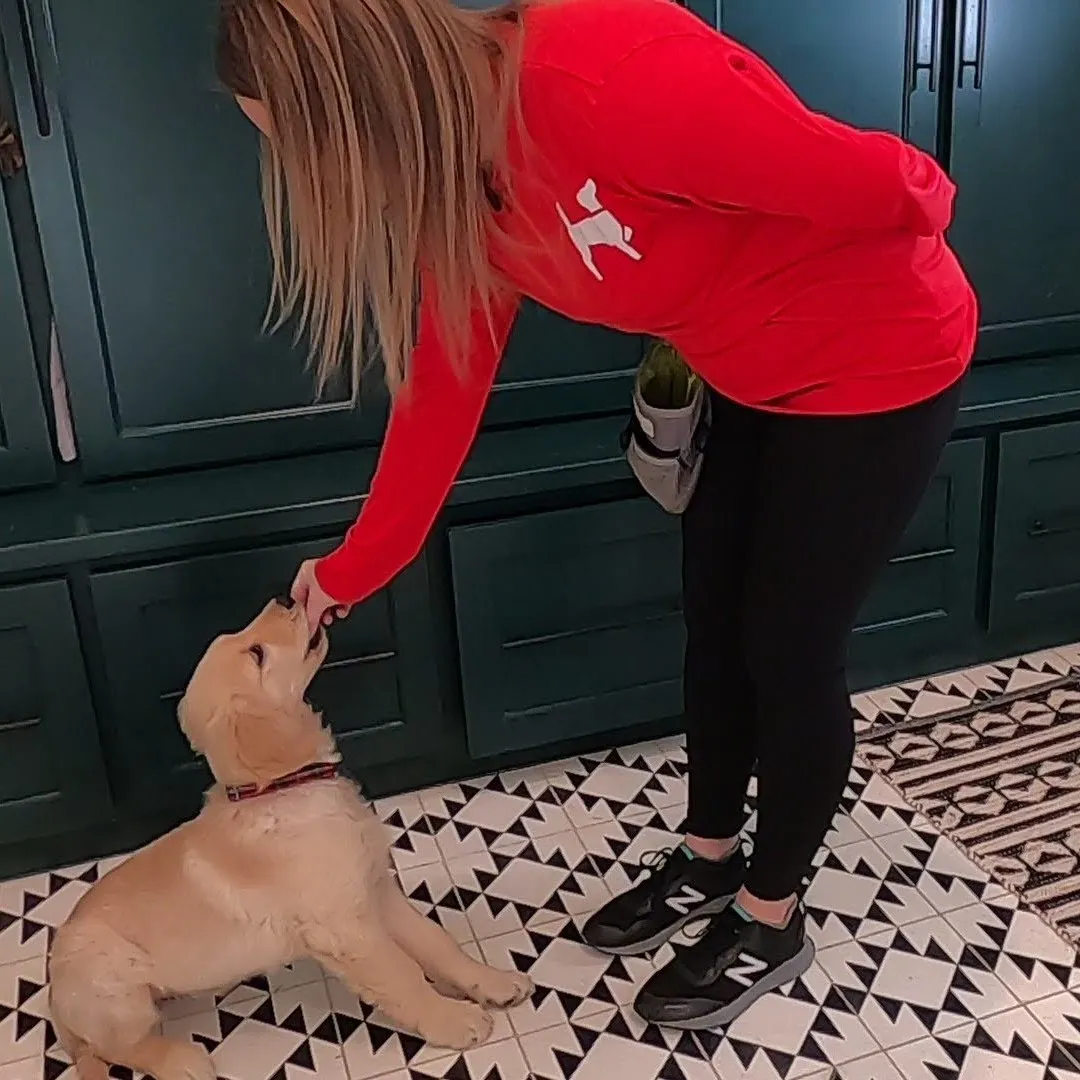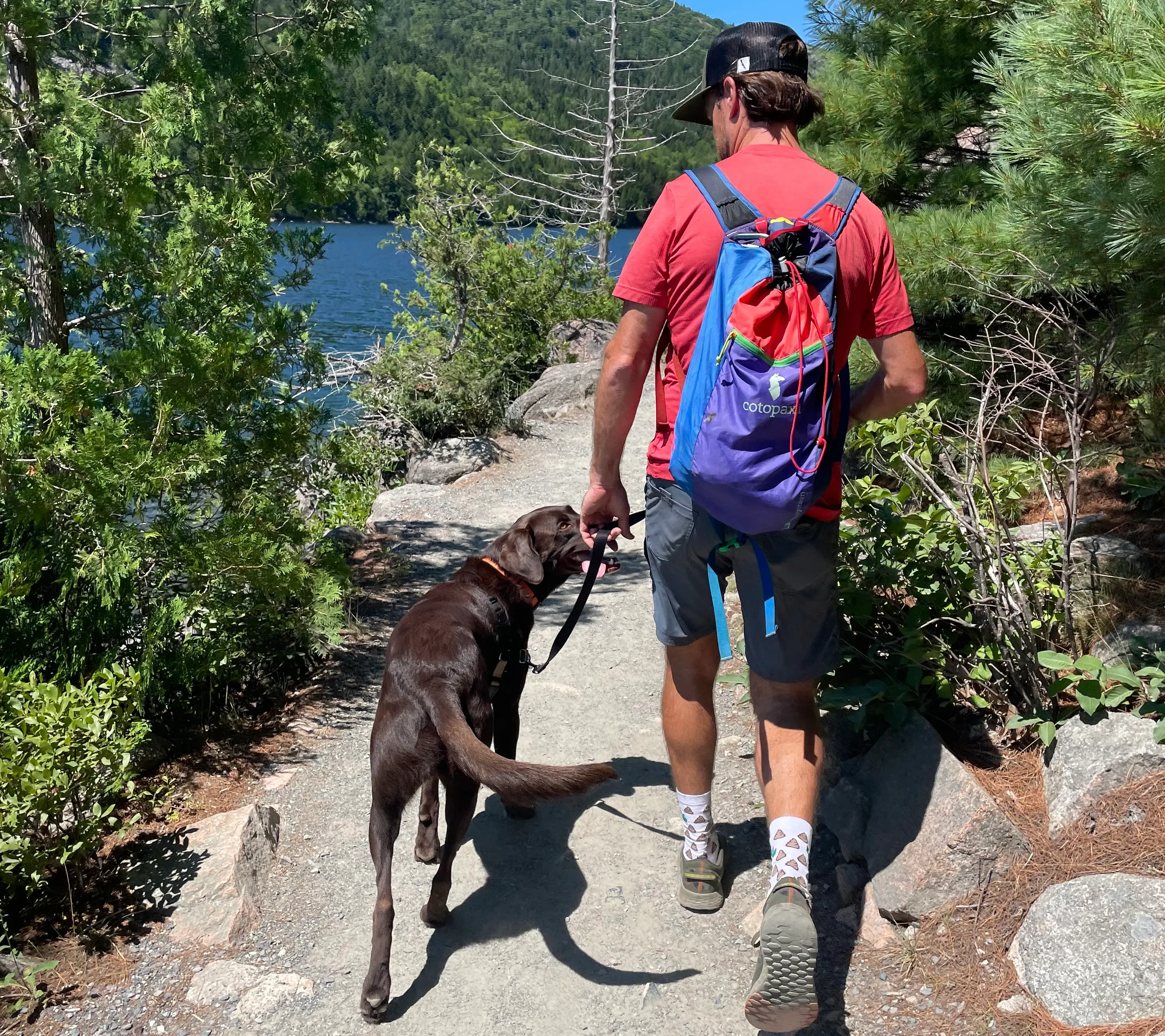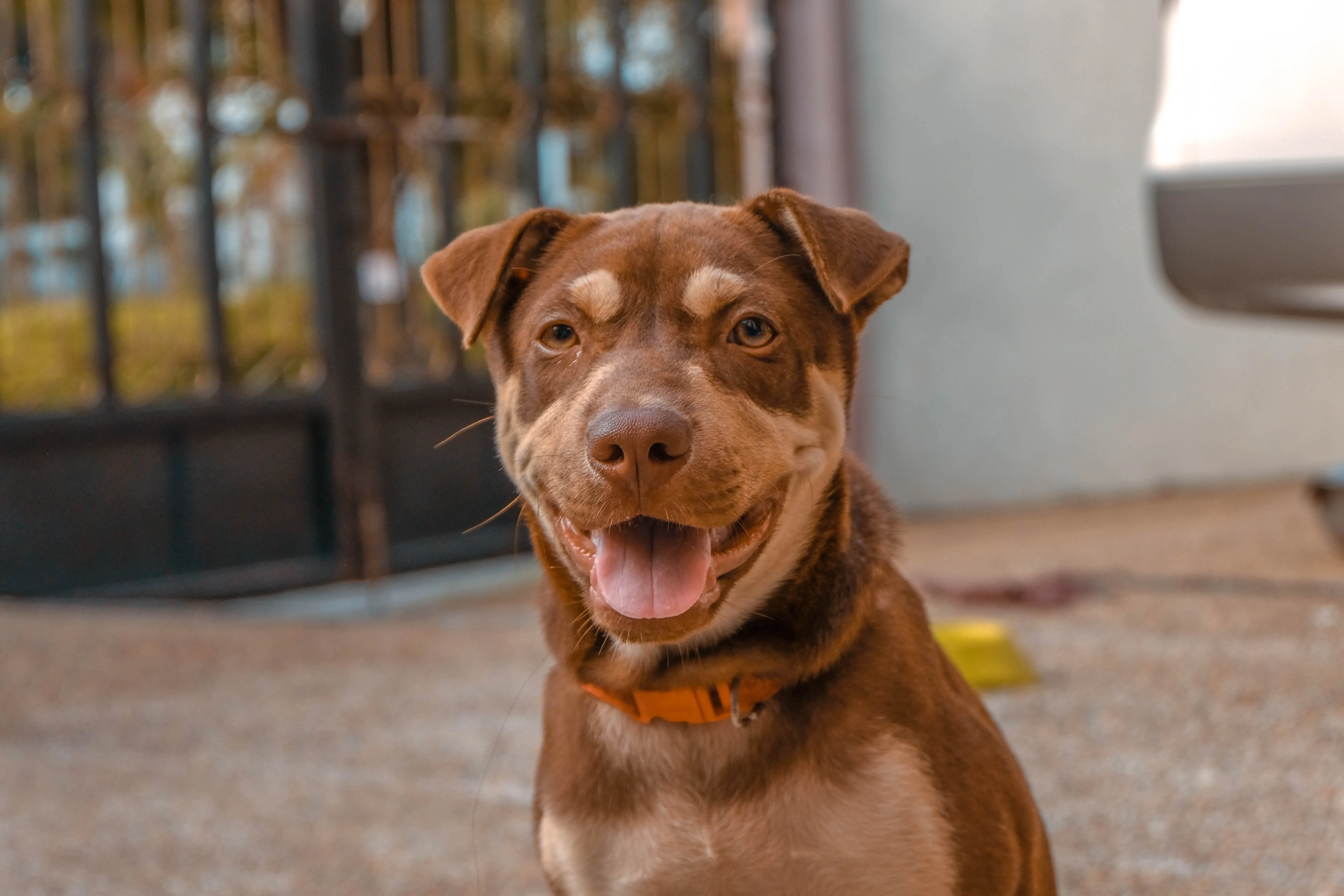Why I Say “No” to Painful Dog Training Methods
Have you ever thought about how some training methods might hurt or scare dogs? Has anyone suggested you use a shock collar, prong collar or any other tool that makes you uncomfortable. There are a lot of people who will downplay the effects of these tools on your dogs and claim they are harmless. I wholeheartedly disagree.
I am strongly against using such harsh methods. Whether you're a pet owner or a trainer like me, we have the job of making sure dogs are happy, safe, and comfortable.
Think about this: Would you want to use fear to teach someone you care about? Love and kindness are much better teachers.
My Story in Dog Training
I started training exotic animals at the Kansas City Zoo in 2008. We never used harsh tools when training a new behavior. If we did, the animal would simply not participate and walk away and there was nothing we could do about it. Using positive reinforcement and rewards that motivated the animals were our only option and it was very effective. They were willing participants in their own care and training. If this training worked with elephants, sea lions, gorillas and more, why do trainers insist on using force with dogs?
In the world of dog training, some people think using both rewards and punishments is okay. But I’ve learned that it’s as simple as Victoria Stillwell wrote here: “Either you’re OK using methods and equipment when working with dogs that cause pain, fear, and purposeful discomfort, or you’re not. I am not”.
Don’t get me wrong. These aversive methods do work. You will see behavior change in the animal but at what cost? You are potentially costing your relationship with your dog. You are costing the potential for irreversible damage to your dog and their mental and or physical state.
How Our Choices Affect Dogs
Every time we work with dogs, we have a choice about how we are going to treat them. They don’t have a choice about how we treat them. Why choose anything that will make them feel anything but happy and excited for what is to come next? We have a chance to build trust. Positive reinforcement—rewarding good behavior—is a great way to do this. I’ve learned that every dog should be treated with respect, without fear or pain.
Why do some use harsh methods? Some dog trainers use harsh methods because they believe that establishing control through fear or punishment leads to quick obedience. However, this approach can harm the dog's mental well-being and damage the bond between the pet and owner.
But as Newman’s Dog Training shows, we can offer better options, like teaching a dog a replacement behavior instead of just punishing the one we don’t like. For example, you don’t want your dog on the couch. Let’s teach them to lay on their comfy bed instead.
Helping Dogs with Patience
Having patience while training a dog is crucial because it allows the dog to learn at its own pace. Dogs may not understand commands or cues immediately, and patience helps prevent frustration for both the trainer and the pet. When trainers remain calm and give positive reinforcement for small successes, dogs are more likely to feel confident and motivated to learn, leading to a stronger bond and better overall behavior.

Clearing Up Mistakes and Myths
Some people say, “Why not use every tool you have?” But just because a tool exists doesn’t mean it's right to use. Think about it: Would a dentist use a giant hammer when they have perfect small tools to fix your teeth?
Some also think positive training only works for easy dogs. That's not true at all. Every species is driven by what is reinforcing to them and makes them feel safe. If you have a fearful dog our job it to change their emotional response to the trigger and create a safe and positive association to it. How is that possible if you are using punishment on something they are already uncomfortable with?
By creating safe environments, we respect and trust our dogs. This means they live better lives and we have stronger bonds with them.
Drawing the Line for Our Dogs
Are you willing to use fear for quick results? I’m not. Newman’s Dog Training trainers treat every dog with the respect they deserve, without hurting them.
It’s okay if you’re learning and changing your training as you go. We all grow and sometimes we try things that we find out aren’t the best practices. Let’s keep changing for the better, with open minds and hearts ready to learn.
Bringing It All Together
I’m committed to kindness and following science when working with your dogs. All while teaching our clients how to succeed with real life problems that consist of compassion, patience and professionalism. Let’s keep moving forward with humane training practices.
Step up your dog training game with access to our entire course library and special
rates for one-on-one sessions. Unlock your potential now!
Save More, Learn More, Achieve More!
Please contact us if you have any questions on these tips, [email protected]
Also, follow us on Instagram and Facebook.



